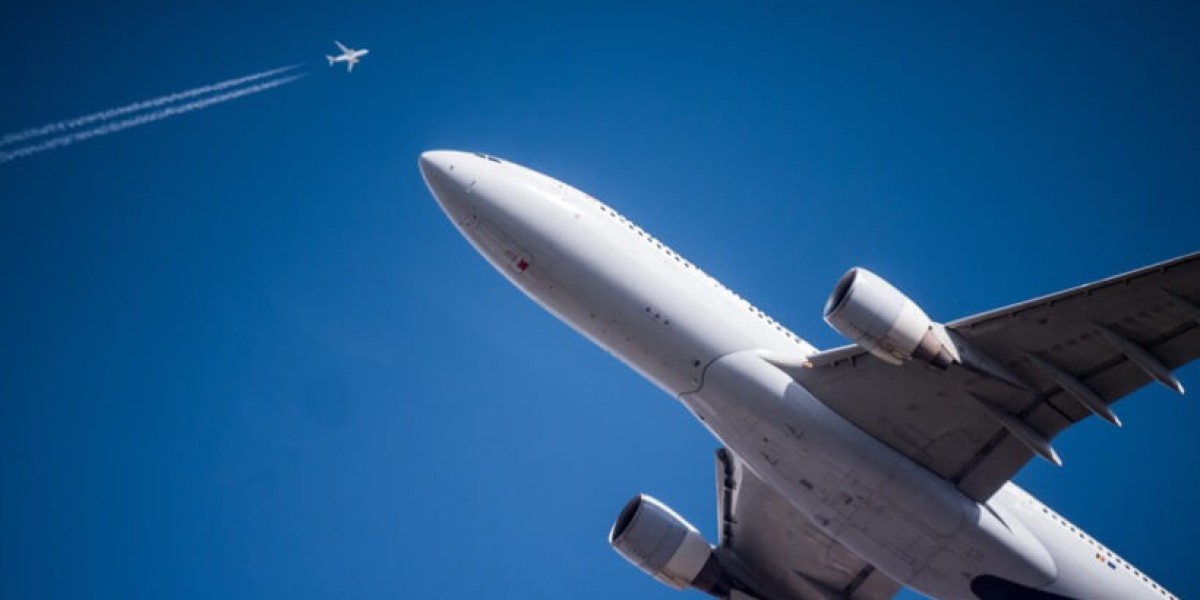The Indian government has undertaken several initiatives in recent years to develop aviation infrastructure across the country. One major step was the Ude Desh Ka Aam Naagrik (UDAN) scheme launched in 2016. The primary objective of UDAN is to strengthen regional air connectivity through affordable airfares. So far, 278 routes have been awarded under UDAN covering 56 airports. The government is providing viability gap funding of Rs. 500-800 crores per annum to subsidize airline fares on these routes. This has enabled the launch of affordable flight options in Tier 2 and 3 cities for the first time.
In addition to UDAN, the government is working to upgrade and develop airports. The Airports Authority of India (AAI) aims to raise the total number of operational airports to 190 by 2023 from 136 currently. Mega projects like Navi Mumbai and Mopa airports are under construction to decongest Mumbai and Goa respectively. Projects worth Rs. 35,000 crores are being implemented over the next four to five years to expand airport capacity across the country. This includes development of new runways, terminals, and air traffic management infrastructure.
Fleet Expansion by Indian Carriers
Spurred by strong Domestic Aviation demand and government support, Indian carriers are aggressively expanding their fleets. IndiGo, India's largest airline by market share, plans to more than double its fleet from 280 to over 700 aircraft in the coming years. It has placed massive orders for Airbus A320neo, A321neo and A320XLR aircraft. Other major players like SpiceJet and GoFirst have also signed deals for new planes with manufacturers. Low-cost carrier Akasa Air, backed by investor Rakesh Jhunjhunwala, recently took delivery of its first Boeing 737 Max plane.
These fleet expansion plans will allow carriers to start new flight routes and boost connectivity. The inductions are also more fuel efficient which will help control rising aviation turbine fuel (ATF) costs. Overall, it is estimated that Indian airlines will induct over 1,200 new planes in the coming decade. This rapid fleet expansion reflects strong growth potential in the domestic market.
Rising Middle Class and Changing Travel Preferences
India's growing middle class is a major driver of air travel demand. More Indians are able to afford air tickets as incomes rise. Propensity to fly is also increasing with evolving lifestyles and travel preferences. People prefer flying for shorter leisure trips instead of relying only on trains or buses for long distance travel. This trend was visible even during the pandemic when domestic aviation bounced back faster than international operations.
India currently ranks 11th globally in terms of domestic passenger traffic. However, per capita air travel is very low compared to developed nations or China. This indicates significant headroom for growth as more people start flying frequently for different purposes like VFR (visiting friends and relatives), weekends getaways, business travel etc. With a population of 1.4 billion people, even a small percentage increase in the number flying will translate into millions of new passengers for airlines.
Potential Challenges Ahead
While the outlook appears positive, there are challenges that need to be addressed. Aviation turbine fuel (ATF) taxes in India are amongst the highest in the world. Steep fuel costs place pressure on airline finances and ticket pricing. The government has taken steps like including ATF under GST but more needs to be done to lower the tax incidence.
Air traffic congestion at major airports is another area of concern. Existing airports in Mumbai, Delhi and Bengaluru are saturated during peak hours. This leads to flight delays and inconveniences. The pandemic offered temporary relief but traffic is rebounding fast. Quick implementation of modernization and expansion projects will be critical to handle future traffic increases efficiently.
The third challenge is high operating costs for Indian carriers. Factors like lack of access to cheap financing, pilot shortage issues and rupee fluctuations inflate expenses. Carriers have to carefully manage yields and unit costs through leveraging scale benefits, aircraft fuel efficiency and ancillary revenue streams. Competition from new entrants like Akasa will maintain pricing pressure across networks too.
Overall, the long-term outlook for Indian domestic aviation appears promising given government support measures, rising incomes and changing mobility patterns. Sustained double-digit traffic growth projections are being maintained by regulators and analysts. If infrastructure bottlenecks are addressed in time and airlines able to control costs, it should help realize the full potential of this industry.
Get More Insights on Domestic Aviation
Identify the language that you favour-
About Author-
Money Singh is a seasoned content writer with over four years of experience in the market research sector. Known for her strong SEO background, she skillfully blends SEO strategies with insightful content. Her expertise spans various industries, including food and beverages, biotechnology, chemical and materials, defense and aerospace, consumer goods, etc. (https://www.linkedin.com/in/money-singh-590844163)










